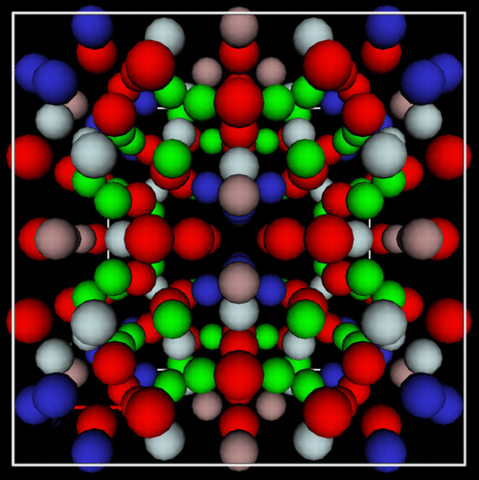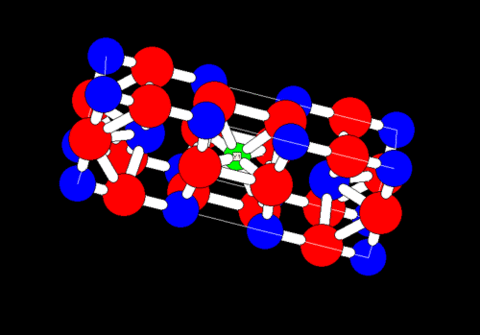Summary
Components and devices used in a broad spectrum of technology sectors such as health care, communications, energy and electronics are manufactured from crystalline materials. The development of advanced crystalline materials requires accurate crystal-structure data. The objective of this project is to provide critically evaluated, comprehensive crystal-structure databases that enable phase identification required for the development of advanced inorganic materials and devices depending on them. NIST designs, populates, evaluates and disseminates NIST Standard Reference Databases SRD 3 (NIST Inorganic Crystal Structure Database, ICSD). https://icsd.nist.gov/
Description

Impact and Customers

Materials with new or improved properties are continually being developed to meet demands for increased functionality of components and devices at decreased costs. Examples of multi-million dollar industries driven by materials advances are solid-state lighting (GaN-based devices), automotive (Pt-alloy catalytic converters) and prosthetic devices (ceramic dental crowns).
Crystalline compounds can be identified by their characteristic diffraction patterns using X-rays, neutrons and electrons. An estimated 20,000 X-ray diffractometers and a comparable number of electron microscopes are used daily in materials research and development laboratories for this purpose. The inclusion of the Material Measurement Laboratory's comprehensive crystal structure databases in diffraction instruments will greatly increase the number of materials that can be identified, improve the ability to discriminate between materials with similar structures, and is expected to result in increased instrument sales.
Customers and beneficiaries include diffraction instrument vendors (Oxford Instruments and EDAX) and materials developers and researchers in industry, academia and government.
Approach
The NIST Inorganic Crystal Structure Database is a collection of crystal structure entries for non-organic compounds, including inorganics, ceramics, minerals, pure elements, metals, and intermetallics. The database includes structures published since 1913. Each structure determination reported in the literature yields a separate entry in the database, and all data are recorded by experts and checked several times (in an iterative manner). NIST develops software tools for the calculation and standardization of derived data items and modules for the intelligent access of these data and provides access through modern user interfaces and networking capabilities. The current focus is on the development of symmetry-based structure descriptors and datasets to facilitate the use of the information available in the database by machine-learning software.
Major Accomplishments
ICSD: #63,483: 3-D model render.

The web version of the NIST Inorganic Crystal Structure Database (SRD 3) was released in November 2019. The new online interface provides materials researchers with a user-friendly capability to search the database based on bibliographic information, chemistry, unit cell, space group, experimental settings, mineral name/group, and other derived data from expert evaluation. This interface also incorporates many additional tools, such as 3D structure visualization, unit cell reduction, bond distance/angle calculation, powder diffraction simulation, and structure standardization, etc., which facilitate comparison of different structures and their analysis.
Project Summary (PDF)

